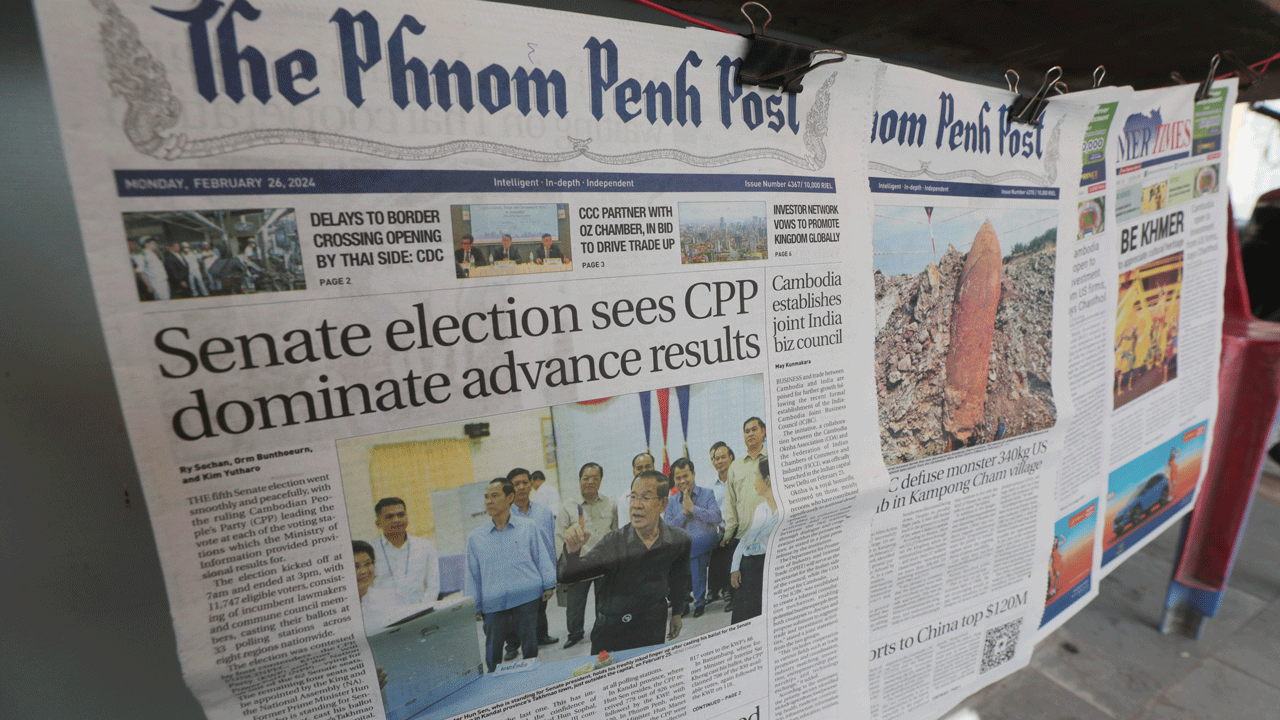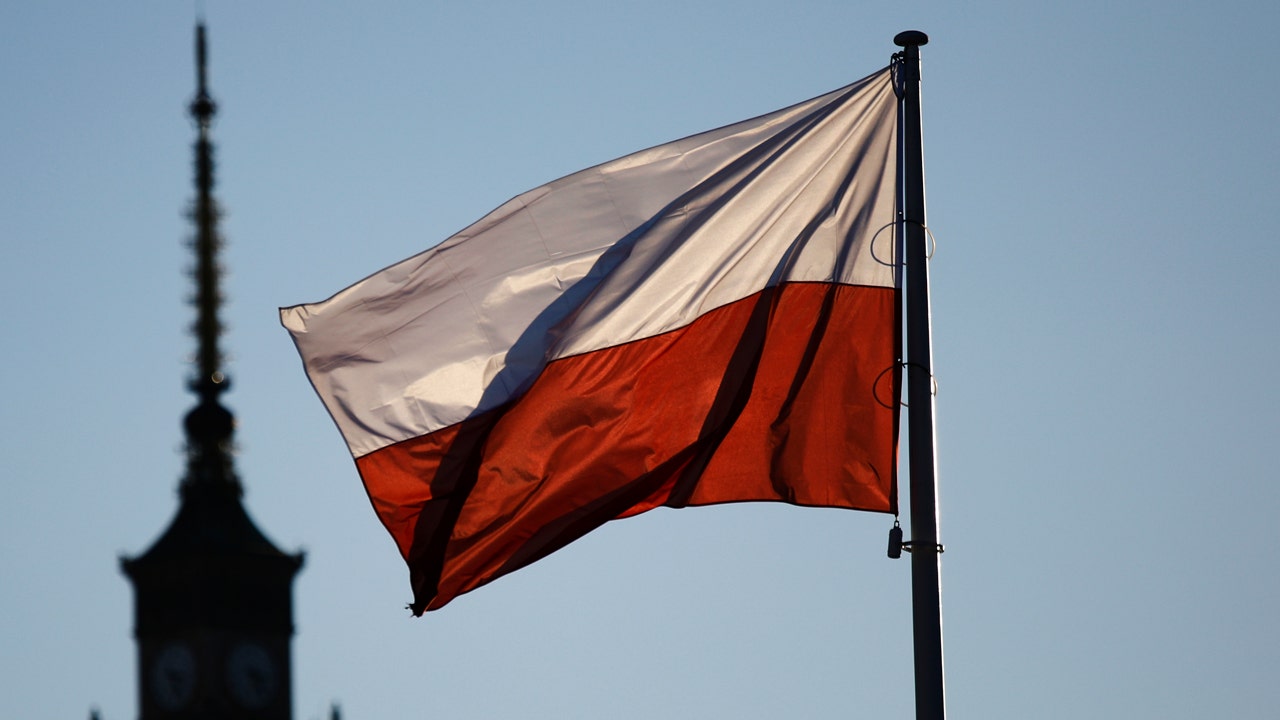For centuries, trade with Europe was the main pillar of Russia’s economy.
The war in Ukraine ended that, with Western sanctions and other restrictions increasingly cutting Russia off from European markets. In response, Moscow has expanded ties with the countries more willing to do business with it — China to the east, and, via a southern route, India and the countries of the Persian Gulf.
That southern route has now become a focus of Russian policymakers as they try to build infrastructure for their plans to pivot away from the West for good. The effort faces challenges, including questions over financing, doubts over the reliability of Russia’s new partners, and threats of Western sanctions targeting countries that trade with Russia.
A key part of the southern plan is a 100-mile $1.7 billion railway set to begin construction this year that would be the final link in a route between Russia and Iranian ports on the Persian Gulf — providing easy access to destinations like Mumbai, India’s trading capital. Russia has agreed to loan Iran $1.4 billion to finance the project.
“As Russia’s traditional trade routes were largely blocked, it had to look at other options,” said Rauf Agamirzayev, a transport and logistics expert based in Baku, Azerbaijan, referring to the southern route.
Russia has found numerous ways to skirt the Western trade restrictions, bringing in things like machinery from India and arms from Iran, as well as a host of consumer goods — often through Gulf countries and Turkey — that the government sees as crucial for showing Russians that it can maintain living standards during a time of war.
While some consumer goods still trickle in legally from Europe, a whole range of restricted or difficult-to-get items are also widely available in Russia. Oysters from France, brought in by plane with a detour in some third location, are available at one Moscow restaurant, and Italian truffles and French champagne, whose export was banned by the European Union, can be found at an upscale grocery store chain.
The Russian government sees the railway project through Iran — and another line it hopes to restore that would provide access to Turkey — as essential for locking in and speeding the flow of all such imports into the country. It is also seen as critical for stepping up exports of the Russian natural resources that are critical for the economy.
President Vladimir V. Putin of Russia has said that the new route will cut the time for cargo to travel to Mumbai from St. Petersburg to only 10 days, from 30 to 45 days now. Russian officials are calling it a “breakthrough revolutionary project” that will compete with the Suez Canal.
It will also complement Russia’s trading routes toward China, currently its largest trading partner, as those reach overcapacity. Since 2021, just before the full-scale invasion of Ukraine in February 2022, Russia’s trade with China has soared 61 percent, to more than $240 billion in 2023, according to Chinese figures.
Trade is also surging with India, reaching $65 billion, more than four times what it was in 2021. Russia’s trade with both countries in 2023 surpassed its prewar trade with the European Union, which stood at $282 billion in 2021.
The new railway will link two Iranian cities, Astara and Rasht, connecting tracks between Iran and Azerbaijan to the north, and then to the Russian railway grid. When finished — the new link is expected to be completed in 2028 — the resulting “North-South Transport Corridor” will stretch unbroken for more than 4,300 miles, out of reach of Western sanctions.
From Iranian facilities on the Persian Gulf, Russian traders will have easy access to India, as well as to destinations like Saudi Arabia, the United Arab Emirates, Pakistan and beyond.
A trading route through the Caucasus and Central Asia and across the Caspian Sea to Iran has already been a significant one for Russia in recent months, according to Lloyds List, which specializes in maritime news and intelligence. Russia has also been shipping oil and products like coking coal and fertilizer the opposite way.
Gagik Aghajanyan, the head of Apaven, the biggest freight-forwarding company in Armenia, said his fleet of trucks often picks up loads of consumer goods, delivered by rail from ports in Georgia on the Black Sea, and then transfers them north across the land border to Russia. Other goods that are more sensitive, like those that are prohibited by Western states, can be shipped via Iran, which shares a border with Armenia, he said. From Iranian ports, goods can then travel to Russia over the Caspian.
“The Georgians say, ‘These are sanctioned goods; we will not let you through to Russia,’” Mr. Aghajanyan said in an interview. “And the Iranians say, ‘We don’t care.’”
In 2023, trade volumes across the route increased by 38 percent over 2021, according to Andrei R. Belousov, Russia’s deputy prime minister for the economy, and could triple by 2030.
In addition to the line through Iran, Russia also wants to restore an old Soviet railway that connected Moscow with Iran and Turkey via Armenia and the Azerbaijani enclave of Nakhichevan. The railway was abandoned in the early 1990s when war broke out between Armenia and Azerbaijan.
Russia hopes to have the railway up and running within a few years, but the project has been entangled in the complicated geopolitics of the region.
Azerbaijan is eager to compete the link, but Armenia has been reluctant to commit to the project over concerns over who would control the tracks through its territory. In Soviet times, they belonged to the Azerbaijani railway. In 2020, Armenia signed an agreement that ceded control of it to the Russian security service.
But Russia, which was once closely allied with Armenia, has become increasingly friendly with Azerbaijan, essentially standing by as Azerbaijan took over full control of the breakaway region of Nagorno-Karabakh, which had been under the control of Armenian separatists for more than three decades. Now, the Armenians want to control its part of the railway link itself, centered on the town of Meghri, strategically placed on the border with Iran.
For now, the train station in Meghri remains a relic of the Soviet past, its rooms filled with old railway maps and tickets hidden under withered leaves and dust. Its tracks, built more than a century ago by czarist Russia, were long ago replaced by vegetable gardens.
The Azerbaijani railway company is close to finishing its stretch of tracks toward Armenia through territories it had occupied ahead of the 2020 war. From there, it can go either via Armenia or via Iran, if Armenia decides to stay away from the route.
“Russia can get a railway route to the Persian Gulf and Turkey,” said Nikita Smagin, an expert on Russian policy in the Middle East with the Russian International Affairs Council think tank. “It can do it pretty quickly, in up to two years.”
Rovshan Rustamov, the head of the Azerbaijani railways company, said that Azerbaijan’s part of the project should be completed by the end of 2024. Logistics, he said, may even replace oil as the biggest driver of Azerbaijan’s economy.
Azerbaijan is also hoping the port of Baku can profit from the country’s new position as a strategic hub for goods traveling between Russia and the outside world — as well as between Asia and Europe, conveniently bypassing Russia.
After the Russian invasion of Ukraine began, the authorities in Baku expedited plans to develop a second phase of the port to cope with an expected surge in cargo traffic.
“The feasibility study that we had before showed that we did not have to rush the expansion,” said Taleh Ziyadov, the director general of the Port of Baku. “After the war, we did a new study that showed that we had to put that date earlier, maybe to 2024.”
While Russian officials have lauded the new trade routes, some business leaders are not so sure.
“This looks like a forced decision that hasn’t been formed because of objective reasons,” said Ivan Fedyakov, who runs InfoLine, a Russian market consultancy that advises companies on how to survive under the current restrictions.
“What is being created in essence is a trade route for the pariahs,” said Ram Ben Tzion, whose company Publican analyzes evasion of trade restrictions.






